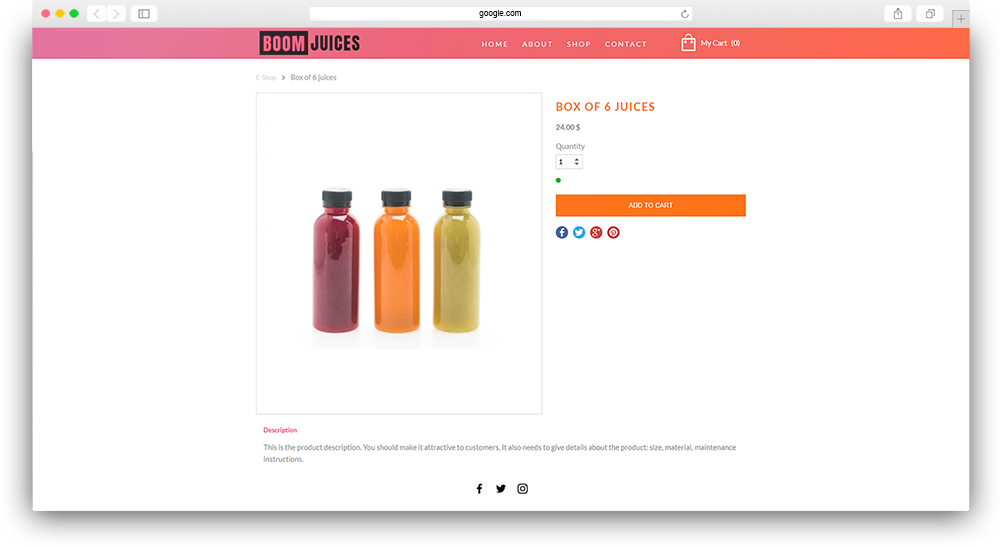If you only sell time:
Determine your billable hourly rate taking into account all expenses related to this hour of work
If you sell only products:
Set your profit goals and adjust your prices according to the costs and margin you want to make.
If you sell time and products:
Combine the two costs above to establish your pricing strategy.

Competitive intelligence
If you have absolutely no idea where to start, then you should definitely watch your competitors’ prices. This will give you a good idea of the average prices your product or services should be.
Starting from this price, you have three options:
1. Align
By aligning your price with the competition, you estimate that your products are similar to the competition in terms of quality and that these prices correspond to the expectations of the customers for this type of products/services.
2. Break
This aggressive strategy can get customers from your competition if they have had a bad experience or are looking for better prices. It also allows getting first buyers who want to buy at the best price on the market.
3. Increase
If you believe that your products or services are of superior quality, or if you want to look for a more upscale niche, you can increase your prices from your competitors’.
Trust yourself! If you believe that your products are superior, or of better quality, then increase your prices! As we previously said, consumers might automatically believe that your products or services, perhaps more expensive, are of better quality than others on the market. This all depends on your pricing strategy!

Include all costs
When calculating your price, don’t forget to include all the costs associated with marketing the product. Keep in mind the following formula:
Selling price = cost price + commercial margin
The commercial margin is determined according to your revenue goals. To calculate the cost price, there are several elements that you must calculate, including:
- Raw materials, supplies
- Production costs: labor, rent, maintenance, etc.
- Expenses related to deliveries
- The costs of promoting your products/services: website, Facebook ads, promotional items, social networks, etc.
For reference, the price of the product should always exceed its expenses, to make sure you make a profit!
Prohibited practices
Even if you have control when it comes to choosing your selling prices, there are some practices that you should know, since they are prohibited.
1. Resale at a loss
This practice involves reselling a product at a lower price paid. Considered anti-competitive, it aims to protect small businesses.
2. The price agreement
This practice is to make an agreement with other companies to cut competition by setting a price.
3. Abusively low prices
This anti-competitive practice involves lowering prices abnormally when it is intended to foreclose or prevent access to a competitive and in any case competitive market, or any of their products or services.

Is your price the right one?
How to know if your price is right? First, if you are making sales, then it's a good sign!
Feel free to request feedback from your customers and prospects to retrieve valuable information, for example: if your price is appropriate, if the price/quality ratio is interesting, etc. When you have this information, you can then make changes and adjust your prices.: create promotions, bring your prices lower or higher!
In short, your pricing strategy is important. First, start by evaluating the competition and define your sales and profit objective. Then, with those numbers, determine a price for your products or services that will be competitive and that will allow you to achieve these goals! Good luck!
